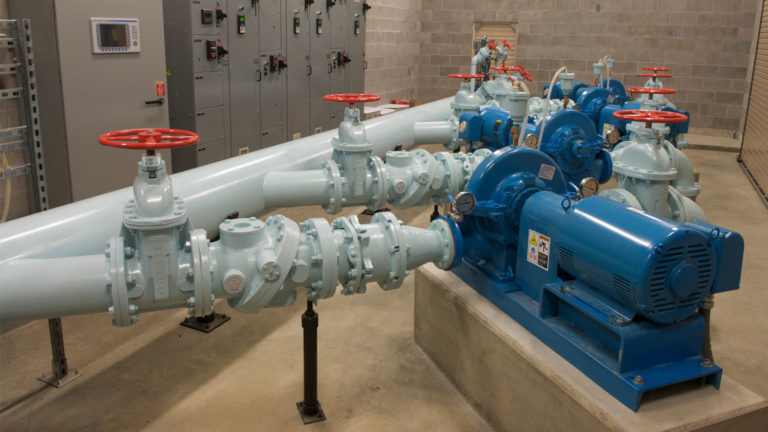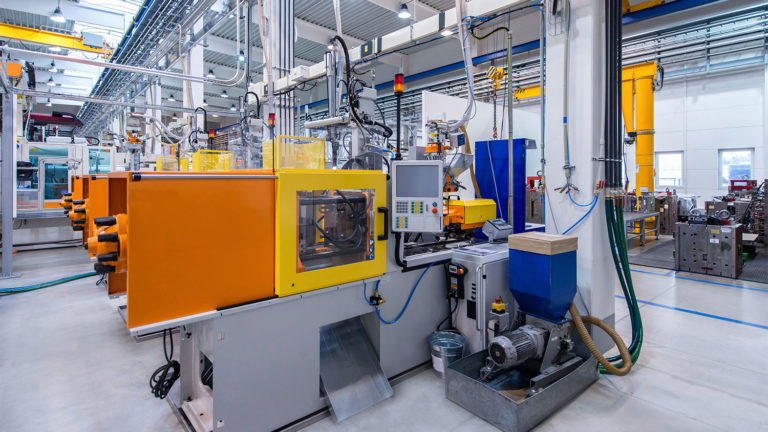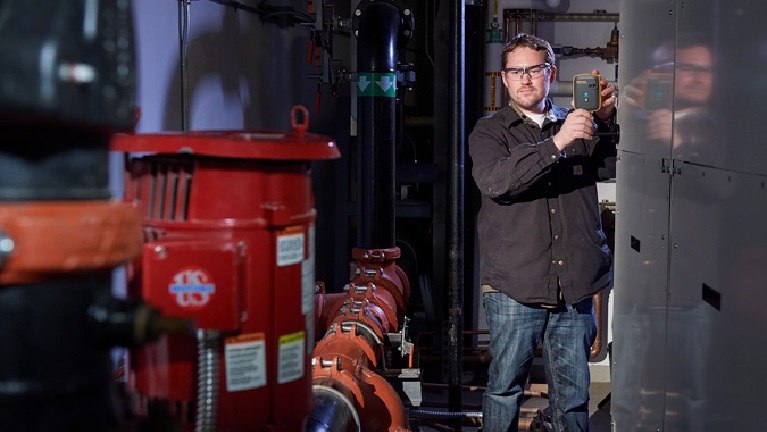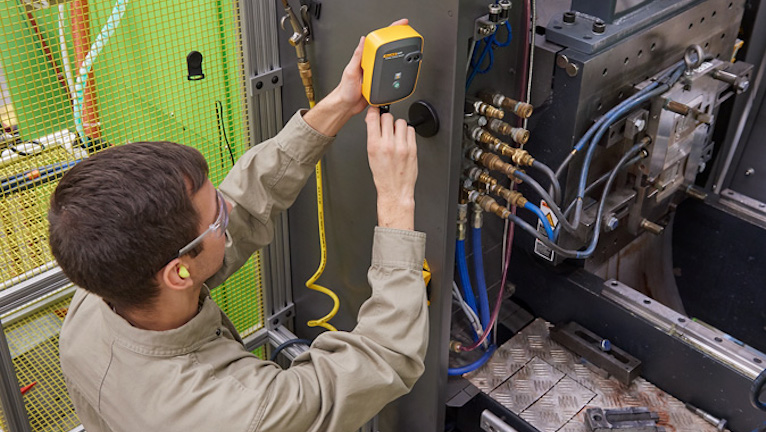Gain control of your machines by putting more emphasis on reliability fundamentals
Nancy Regan, an internationally recognized maintenance and reliability trainer, puts it this way: “Either you successfully control your equipment, or you let it control you.”
In a July 2020 webinar for Fluke Reliability, Regan, a Reliability Centered Maintenance (RCM) expert and founder of RCMTrainingOnline.com, examined the core question of “Are you letting your machines control you?”
When you’re not in control of your machines, she noted, it manifests in chronic downtime, high costs, frazzled teams, scrap product, and extended hours as well as stress and frustration for reliability people.
Most plant maintenance teams have the desired level of predictable equipment performance (or uptime) they’d like to achieve and tolerance for hard-to-predict machine issues. The ideal balance depends on a range of factors, from equipment criticality to process complexity. Hopefully, each team has the chance to define its desired state of maintenance operations. Once the goal is agreed upon, the team can work backward, applying RCM principals to get the desired level of reliability from their company’s equipment.
However, it often doesn’t work as planned, and maintenance teams lose control.
The most significant root cause of “lack of control”? According to Regan, it happens when teams feel they can’t get the reliability culture quite right. In a strong reliability culture, everyone understands and supports the fundamentals of reliability.
Making sure you have a winning reliability philosophy
Reliability is not a thing on its own, Regan says. “Reliability is sprinkled across all of the pieces and functions of the equipment. It’s about what we need the equipment to DO. And we DESIGN our reliability, literally and figuratively.”
By “literal” reliability, Regan refers to the OEM standards that tell us new machines should operate at X% inherent reliability, as long as they’re protected by the correct protective maintenance and specific default strategies for operation.
“Figurative” reliability takes into account the maintenance activities that impact the reliability of the machine once on site. These include:
- PMs / proactive maintenance
- Training
- Operating procedures
- Emergency procedures
- Supply/inventory/parts availability
Not only are all of those items under our control, she says, but they are decisions people make — and those choices are dependent on the facility’s maintenance philosophy and culture.
To ensure you have a winning reliability philosophy:
- Understand what reliability is and remember that you design its figurative aspects
- Manage assets at the failure mode level
- Make “technically appropriate” decisions for each Failure Mode
- Involve your greatest “reliability resource”—people
Regan advises considering failure modes as the road that gets you to the right destination. You’ve arrived when you have enough information to manage each specific cause of failure via proactive maintenance, failure finding, changing operator procedures, and other measures.
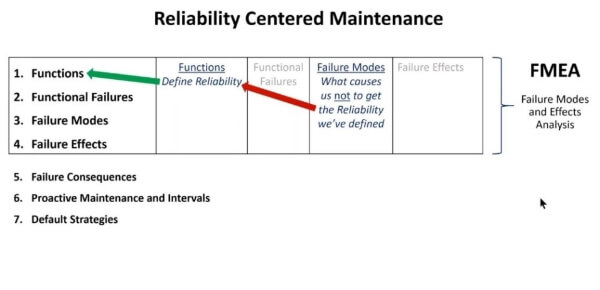
Figure 1: In a Failure Mode and Effects Analysis (FMEA), define the functionality needed from the machine as well as the reliability maintenance practices required to get that functionality. Then, write the process the manage it.
Condition-based maintenance (CBM) is one way to get to that failure mode “destination,” but this is where the “technically appropriate” decision-making comes in.
Start by defining the failure modes for the machine. Then, using the potential failure (P-F) interval to determine inspection frequency, look for evidence of machine need and map the possible failure conditions. When potential failure evidence is discovered, evaluate how long the interval to failure is and increase the frequency of inspection until maintenance is required.
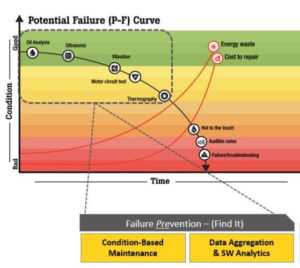
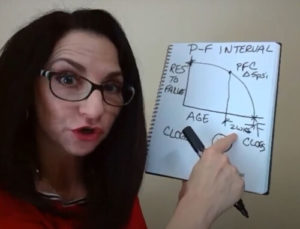
Figure 2: The potential failure (P-F) curve can help you determine what kind of reliability inspection to conduct how far in advance to detect failure conditions. Nancy Regan says the key is learning how long the interval is between when the failure condition is detected and when the machine fails.
“Always start CBM by determining the failure condition, as well as how long the interval is between evidence of detection and failure,” Regan says.
If you don’t know the interval, consult the asset OEM for advice on simple things such as belts. For more detailed assessments, you may need to define the range yourself by conducting ultrasound, oil analysis, infrared, and vibration inspections. Collect failure indicator data at various stages of the P-F curve and establish a library of benchmarks correlated with known failures modes. When a failure condition is detected, increase the frequency of measurement; the data you capture will define when you conduct maintenance this time as well as the inspection interval you use next time.
Regan emphasizes: “How often you do a CBM task has nothing to do with how often the failure occurs; it has everything to do with how quickly failure occurs once the potential failure condition is detectable.”
The reliability culture: simple but not easy
More advice from Regan:
- When troubleshooting failures, consider the machine’s designed capability vs. required performance. Ask yourself: Are you using the machine the way it was intended, or are you asking it to do things outsides its design capability? A best practice is to have a formal process to consider the required performance for each machine.
- Create a multidisciplinary team of equipment experts to make decisions about assets, to incorporate different perspectives
- If you’re just starting the RCM journey, narrow your scope down to only one machine and one failure mode and build upon your successes. For example: Use vibration to determine when a bearing starts to fail under regular use.
- Make sure you know what failure root cause you are trying to manage before you choose the appropriate condition monitoring technique
In closing, Regan says reliability culture is SIMPLE but not EASY.
Reliability can’t be achieved with a quick-fix mentality; it requires a fundamentals approach that is understood and adopted by the cross-functional team involved in each asset. To bring things under control and get to that desired balance, return to the reliability basics, and strengthen the culture.
For more coaching from Regan, watch the full webinar online.

